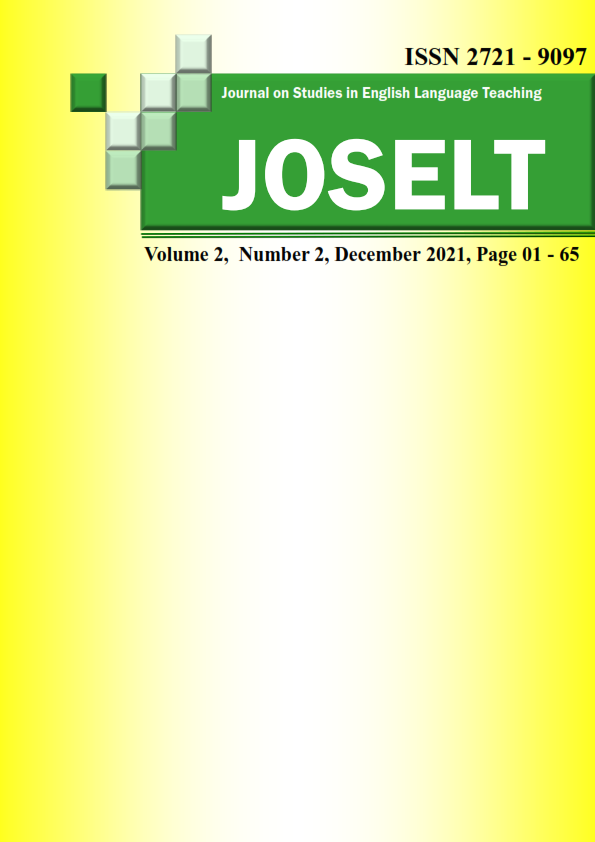CASE BASED LEARNING IN LANGUAGE TEACHING
Keywords:
cased-based learning (CBL), English for Specific Purposes, language skillsAbstract
Case-based learning (CBL) is an approach to promote students higher levels of cognition by applying their knowledge to real-world scenarios or environment in order to form new meanings of disciplinary problem and provide solution under the guidence of the instructor. Although case-based learning is initially designed for non-linguistic disciplines, lately it can be implemented in language teaching, in particular English for Specific Purposes (ESP). This article is purposed to discuss about the implementation of case based learning in language teaching. Case based learning carries multiple benefits for students in language teaching, such as providing opportunities to read, speak, listen, and write; introducing and practicing vocabulary and grammatical structures in the context of the case; and increasing learners’ participation, motivation and attitudes toward language study. With all benefits from case-based learning in language teaching, it also can be applied for all levels of students. However, there are some aspects that must be considered in applying case-based language teaching in English as foreign language in all level of students, they are the characteristic and type of case, procedure in implementing case based learning, and assessment in case based learning.
References
Basta, J. (2017). Role of Case Studies in Teaching English for Business and Economics. Journal of Teaching English for Specific and Academic Purposes, 5(3), 553–566.
Bonney, K. M. (2015). Case Study Teaching Method Improves Student Performance and Perceptions of Learning Gains. Journal of Microbiology & Biology Education, 16(1), 21–28. https://doi.org/10.1128/jmbe.v16i1.846
Hou, X. (2019). Application and Analysis of Case Teaching Method based on Cloud Platform in Business English Teaching. Atlantis Press. https://doi.org/10.2991/emehss-19.2019.4
Hurynovich, T. Case study method in teaching foreign languages. Retrieved from: https://elib.bsu.by/bitstream/123456789/164847/1/Hurynovich_T.%20CASE%20STUDY%20METHOD%20IN%20TEACHING%20FOREIGN%20LANGUAGES.PDF[in English].
Hsu, W. (2016). Harvard Business School (HBS) Case Method to Teaching English for Business Communication. Education and Linguistics Research, 2(2), 95. https://doi.org/10.5296/elr.v2i2.10192
Lombardi, B. M. M., & Oblinger, D. G. (2007). Authentic Learning for the 21st Century: An Overview. Learning, 1, 1–7. Retrieved from http://alicechristie.org/classes/530/EduCause.pdf
Nae, N. (2019). Teaching English with the case method – a tentative approach. Euromentor journal, Vol.10, No.1, 25-38 [in English].
Nkhoma, M., K LAM, T., Richardson, J., H Kam, B., & Hung Lau, K. (2016). Developing Case-based Learning Activities Based on the Revised Bloom’s Taxonomy. In Proceedings of the 2016 InSITE Conference (pp. 085–093). Informing Science Institute. https://doi.org/10.28945/3496
Roell, C. (2019). Using a case study in the EFL classroom. English Teaching Forum, 57(4), 24–33. Retrieved from http://search.ebscohost.com/login.aspx?direct=true&db=eric&AN=EJ1236098&site=ehost-live.

